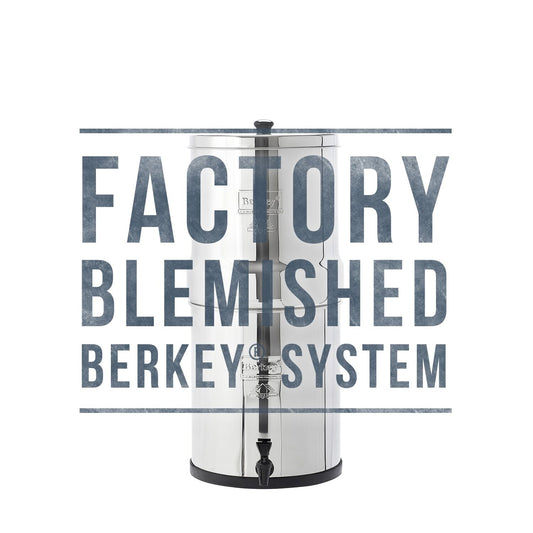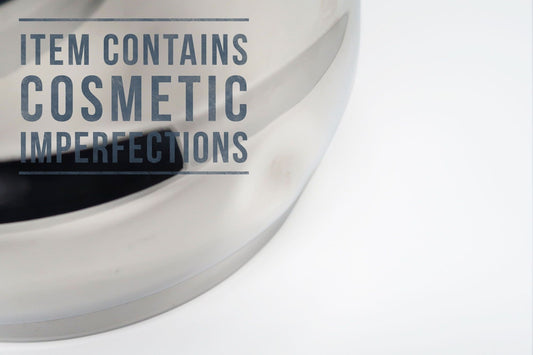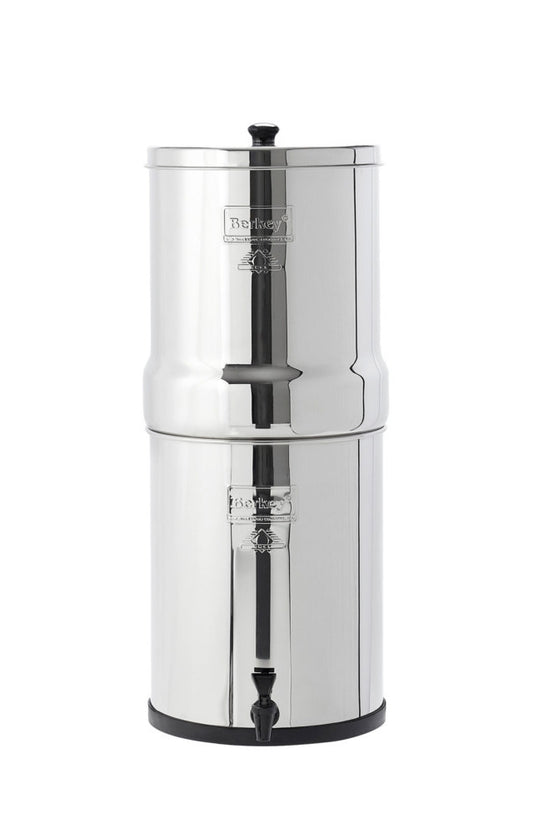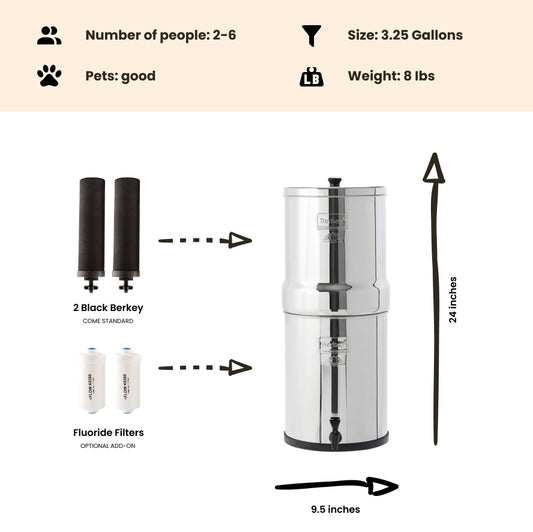
Plastics and Microbeads Persist in the Great Lakes
By Dan DeBaunShare
In an article recently published in the Journal of Great Lakes Research, scientists warn that plastic debris, including plastic microbeads, could pose a larger environmental threat to the Great Lakes than initially thought.
According to co-author, Philippe Van Cappellen, a professor of Earth and Environmental Sciences and chair of Canada Excellence Research:
"We know more and more about ocean plastics, but, paradoxically, we have little information on the distribution and fate of plastic debris in the Great Lakes, the world's largest freshwater resource."
The paper analyzes surveys conducted as part of university studies together with field-based observations conducted by beach clean-up volunteers, and presents a comprehensive analysis of the problem of plastic pollution in the Great Lakes.
Plastic debris can vary greatly in size, ranging from large plastic barrels to bottle tops to tiny plastic microbeads that are commonly used in beauty products such as shower gels and facial scrubs, as well as fine plastic fibres from synthetic materials that wash out with laundry water.
Large plastic items break down over time into smaller pieces of plastic that can persist in the environment for centuries. These tiny plastic particles absorb toxic pollutants from the surrounding water. Because they are so small, they are readily ingested by fish, shellfish and other aquatic wildlife. The plastics and the toxins are not only detrimental to the fish who ingest them, but also to organisms higher up the food chain, including humans, who consume them.
"Survey any stream or river in the Great Lakes region and there is a good chance you will find plastic debris, including microbeads or microplastics," said first author Alex Driedger, a graduate student in the Ecohydrology Research Group.
When microplastics are flushed away they enter the wastewater stream, but because of their minute size, they bypass wastewater treatment facilities and are discharged with treated water into freshwater systems. A survey of wastewater released from treatment facilities in the state of New York showed that water from 6 out of 7 of these treatment plants contained plastic microbeads. Currently there is no requirement for wastewater treatment facilities in either the US or Cananda to monitor plastics in the water discharged from their plants. Consequently, very little is known about the true magnitude of the problem or how widespread it is in our waterways.
According to the study, out of all the Great Lakes, Lake Erie contains the highest concentrations of plastic.
The concentrations even exceed those of Lake Geneva even though the population density of surrounding inhabitants is three times lower than that of Lake Geneva. The study shows that in some areas of the Great Lakes the concentrations of suspended plastics is as high as levels recorded in ocean garbage patches where plastic debris accumulates in large swirling oceanic gyres.
"Canada needs to step up to the plate and take action," says Van Cappellen who is also a member of the Water Institute. "Both the Europeans and Americans are proposing legislation to deal with the problem. Canada should follow their lead."
Journal Reference
Alexander G.J. Driedger, Hans H. Dürr, Kristen Mitchell, Philippe Van Cappellen. Plastic debris in the Laurentian Great Lakes: A review. Journal of Great Lakes Research, 2015; 41 (1): 9 DOI: 10.1016/j.jglr.2014.12.020
-
Regular price From $302.00 USDRegular priceUnit price / per
-
Regular price $234.00 USDRegular priceUnit price / per
-
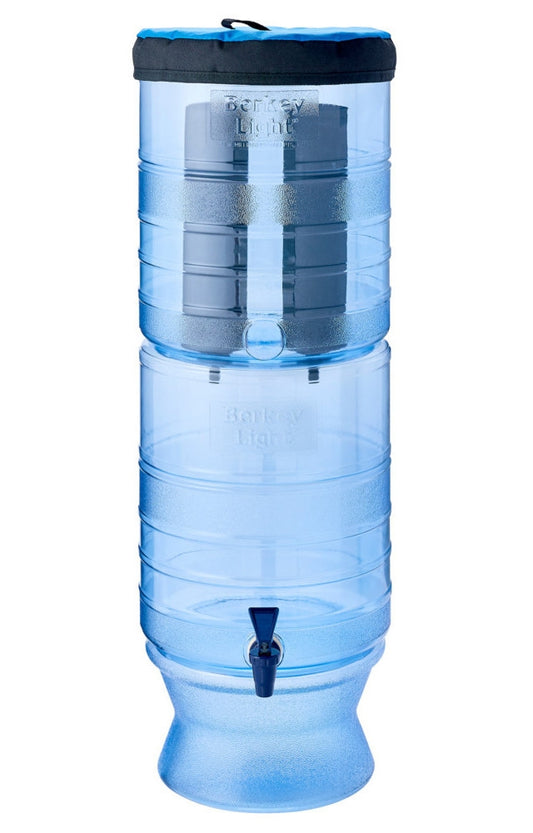
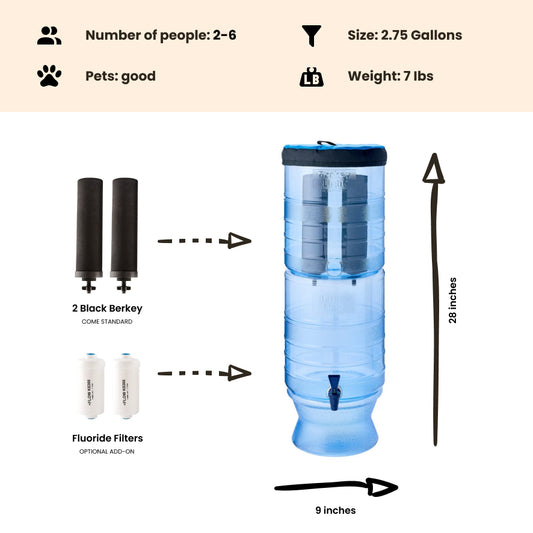 Sold outRegular price From $305.00 USDRegular priceUnit price / per
Sold outRegular price From $305.00 USDRegular priceUnit price / per -
Regular price $327.00 USDRegular priceUnit price / per
-
Regular price From $408.00 USDRegular priceUnit price / per
-
Regular price From $451.00 USDRegular priceUnit price / per
-
Regular price From $478.00 USDRegular priceUnit price / per

Dan DeBaun
Dan DeBaun is the owner and operator of Big Berkey Water Filters. Prior to Berkey, Dan was an asset manager for a major telecommunications company. He graduated from Rutgers with an undergraduate degree in industrial engineering, followed by an MBA in finance from Rutgers as well. Dan enjoys biohacking, exercising, meditation, beach life, and spending time with family and friends.
~ The Owner of Big Berkey Water Filters


